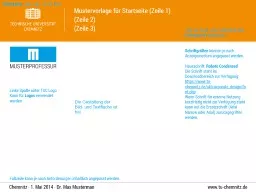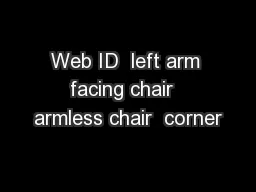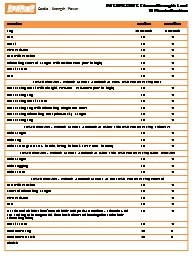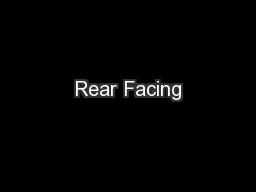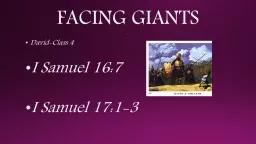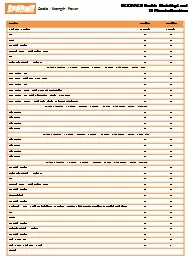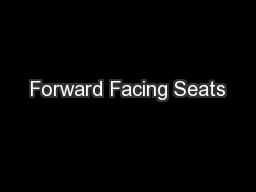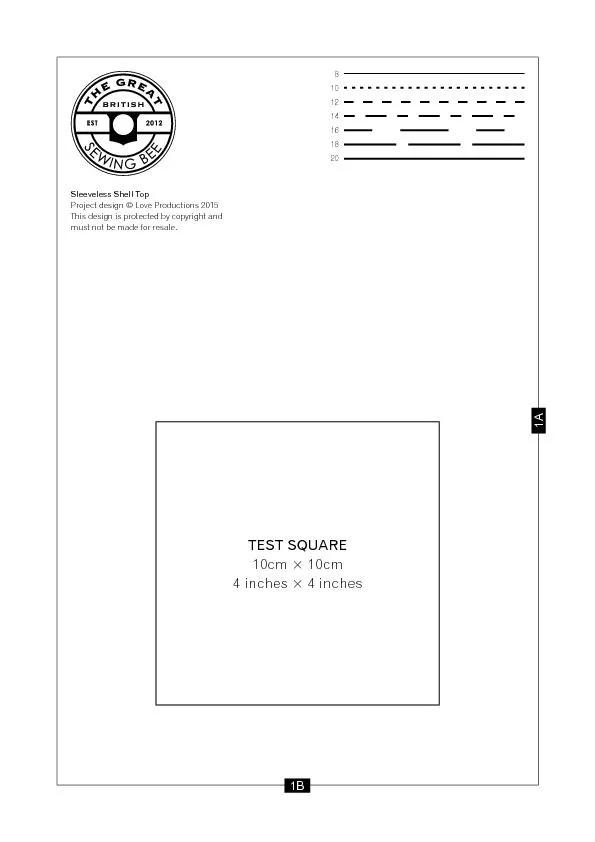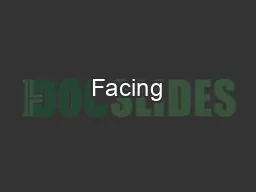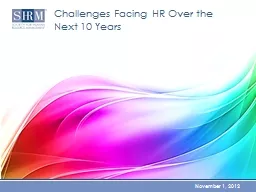PPT-Facing Up to the
Author : stefany-barnette | Published Date : 2019-03-19
Complexity Lessons From Online Exhibitions Die Gestaltung der Bild und Textfläche ist frei Startseite mit Logo ohne Bild Overview Online Exhibitions Multimodal
Presentation Embed Code
Download Presentation
Download Presentation The PPT/PDF document "Facing Up to the" is the property of its rightful owner. Permission is granted to download and print the materials on this website for personal, non-commercial use only, and to display it on your personal computer provided you do not modify the materials and that you retain all copyright notices contained in the materials. By downloading content from our website, you accept the terms of this agreement.
Facing Up to the: Transcript
Download Rules Of Document
"Facing Up to the"The content belongs to its owner. You may download and print it for personal use, without modification, and keep all copyright notices. By downloading, you agree to these terms.
Related Documents

